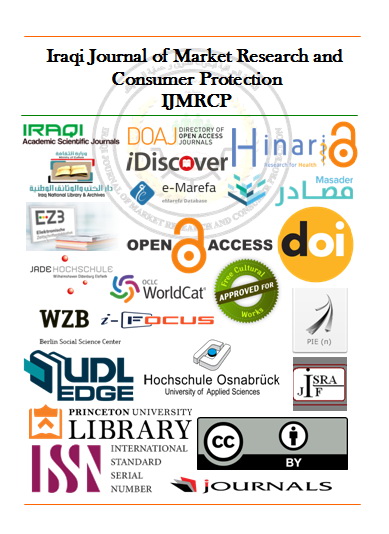EFFECT OF USING DIFFERENT LEVELS OF CAMEL FAT (HUMP FAT) ON PHYSIOCHEMICAL COMPOSITION OF SAUSAGE FROM BEEF CAMEL AND CHICKEN
EFFECT OF USING DIFFERENT LEVELS OF CAMEL FAT (HUMP FAT) ON PHYSIOCHEMICAL COMPOSITION OF SAUSAGE FROM BEEF CAMEL AND CHICKEN
Keywords:
Keywords: Sausage, beef, camel, chicken, hump fat, physiochemical.Abstract
ABSTRACT
This study was conducted to determine the effect of various levels of hump fat (HF) used in manufacturing of camel, beef and chicken sausage to understand the effect of (HF) on physicochemical composition sausage, Different levels of hump fat (5, 7, and 10 %) were used, physicochemical compositions like (moisture, protein, fat, Ash, water holding capacity, shrinkage, cooking loss and pH) were determined. Results of the study revealed that moisture content showed high significant differences (P≤0.01)among treatments groups, Camel sausage and beef sausage tended to have highest values while chicken sausage reported the lowest value. The study showed no significant difference (P≤0.05) among the treatment groups although 7% HF reported the highest value of moisture. Crude protein values showed no significant differences depending on sausage type, while it exhibited significant differences (P≤0.05) among the treatments groups and 7% HF reported the highest value. Ether extract values showed no significant difference (P≤0.05) among the treatments groups due to both sausage type and Hump fat level. Due to sausage types ash values showed significant differences (P≤0.05) among treatments where camel sausage samples showed the highest value while chicken sausage samples showed the lowest value. Concerning to Water Holding Capacity (W.H.C) sausage type factor reported no significant differences (P≤0.01)among treatments group. Due to hump fat levels the study showed highly significant differences (P≤0.05) among the treatment groups although 7% HF reported the highest value. On the other hands Cooking Loss, Shrinkage and pH showed no significant difference (P≤0.05) among the treatment groups in both factors types of sausage and different levels of hump fat. Hump fat in percentage 5%, 7% and 10% could be incorporate in sausage formulation and the best level of fat in sausage formulation has 7%.






